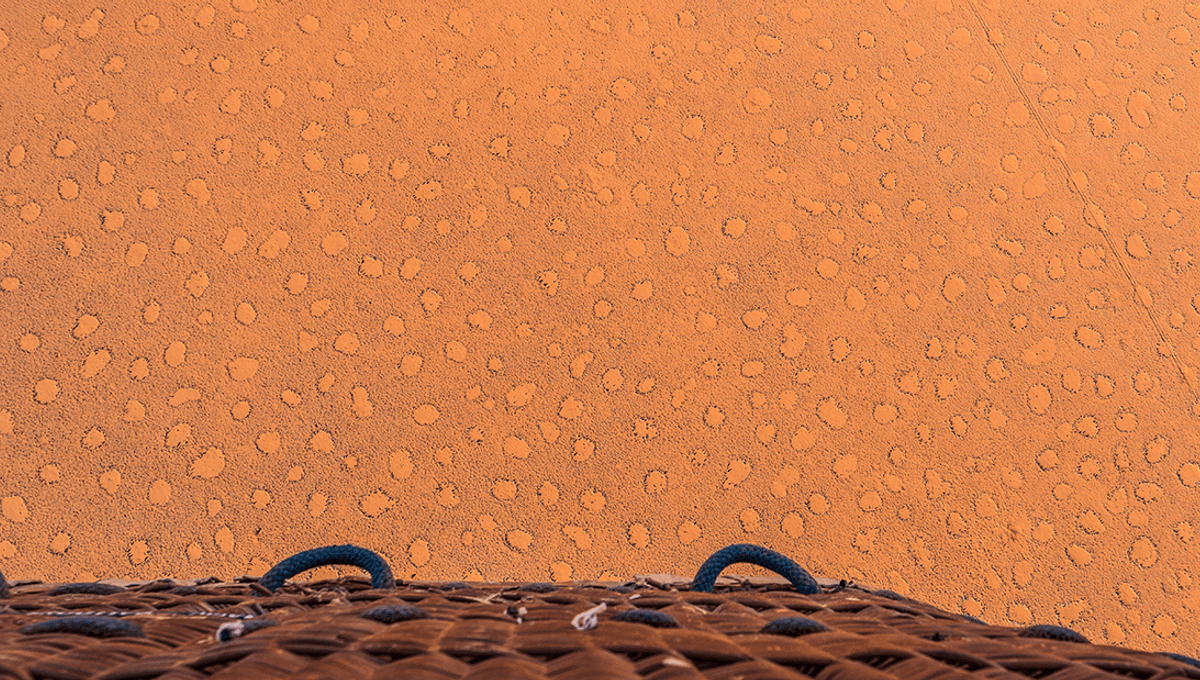
For decades people have been stumped by the existence of “fairy circles”, strange circular patterns found in arid regions of Namibia and Western Australia.
Various explanations have been proposed over the years for the formations – from harvester termites to Turing mechanisms. Complicating the mystery, or perhaps giving us the information we need to solve it, a team of researchers has now discovered hundreds more sites containing the fairy circles.
Using satellite images and artificial intelligence-based models to examine 574,799 plots of dryland, researchers found fairy circle-like patterns in 263 locations across 15 countries and three continents. This included Namibia and Western Australia, as well as the Sahel, Western Sahara, the Horn of Africa, Madagascar, Southwest Asia, and Central Australia.
“Our study provides evidence that fairy circles are far more common than previously thought,” co-author of the study Manuel Delgado-Baquerizo said in a statement, “which has allowed us, for the first time, to globally understand the factors affecting their distribution.”
The team found that the fairy circles occurred in fairly similar conditions, in soil with low nitrogen content and in areas with an average rainfall of less than 200 millimeters (8 inches) per year.
“In addition to these factors, the presence of specific biological elements (termite nests) in certain regions also plays a role in the presence of these patterns,” the team added in their study.
More intriguingly, the team found that vegetation production in these fairy circle regions was greater and more stable than in regions without them.
“These results provide the first empirical evidence of increased stability of fairy circle productivity, a key property of ecosystems that is related to the stable provision of ecosystem services such as the amount of forage,” Fernando T. Maestre, professor and director of the Laboratory of Arid Zone Ecology and Global Change at the University of Alicante, said.
Further study at a local level at these sites is needed to determine their cause, the team said in their paper. The researchers have made a global atlas of fairy circles available to help enable it.
The study is published in Proceedings of the National Academy of Sciences.
Source Link: Mystery As Hundreds More Fairy Circle Sites Found Across The World